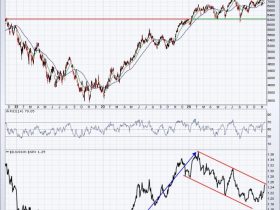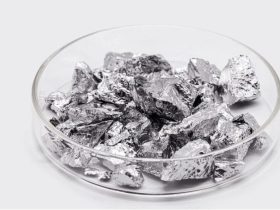Fertilizers: Exploring the Distinction Between Potash and Phosphate
Phosphate and potash are two essential nutrients in the realm of fertilizers, often utilized to enhance plant growth and productivity. While they serve similar purposes, there are crucial differences between these two components that one must understand to optimize their agricultural practices effectively.
Phosphate, chemically represented as PO₄, plays a fundamental role in the growth and development of plants by aiding in energy transfer and photosynthesis. This nutrient is crucial for root development and flowering processes, making it an indispensable component in fertilizer formulations. Additionally, phosphate contributes to the overall health and vigor of plants, promoting sturdy stems and vibrant foliage.
On the other hand, potash, which is commonly referred to as potassium chloride or potassium sulfate, is represented chemically as K₂O. Potash is essential for various physiological functions within plants, such as regulating water uptake, enhancing disease resistance, and improving nutrient absorption. Potassium, the primary component of potash, supports the overall strength and resilience of plants, enabling them to withstand environmental stressors and produce higher yields.
One of the key distinctions between phosphate and potash lies in their respective roles in plant nutrition. Phosphate primarily focuses on promoting root growth and reproductive processes, while potash emphasizes enhancing overall plant health and stress tolerance. Therefore, a well-balanced fertilization approach that incorporates both these nutrients is essential for maximizing crop productivity and quality.
Moreover, the availability of phosphate and potash in the soil can vary significantly, influencing the nutrient uptake by plants. Soil pH, organic matter content, and texture play crucial roles in determining the accessibility of these nutrients to plant roots. Understanding the soil dynamics and nutrient requirements of specific crops is paramount in designing customized fertilizer regimes that address the deficiencies effectively.
Furthermore, the application of phosphate and potash fertilizers should be based on soil test results and crop requirements to prevent nutrient imbalances and optimize plant growth. Excessive or deficient levels of phosphate and potash can negatively impact crop performance, leading to decreased yields and poor quality produce. Therefore, regular monitoring of soil nutrient levels and plant responses is necessary to adjust fertilization practices accordingly.
In conclusion, phosphate and potash are indispensable components in fertilizers that play distinct yet complementary roles in promoting plant growth and productivity. By understanding the differences between these nutrients and their specific functions, farmers and gardeners can develop tailored fertilization strategies that enhance crop health and yields effectively. Embracing a balanced approach to nutrient management is key to unlocking the full potential of plants and achieving sustainable agricultural practices.













